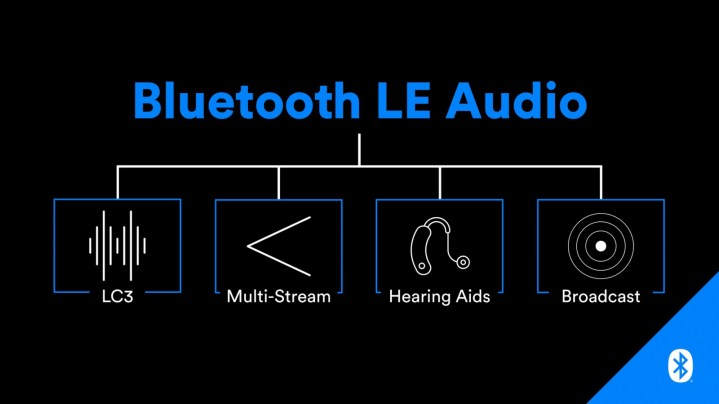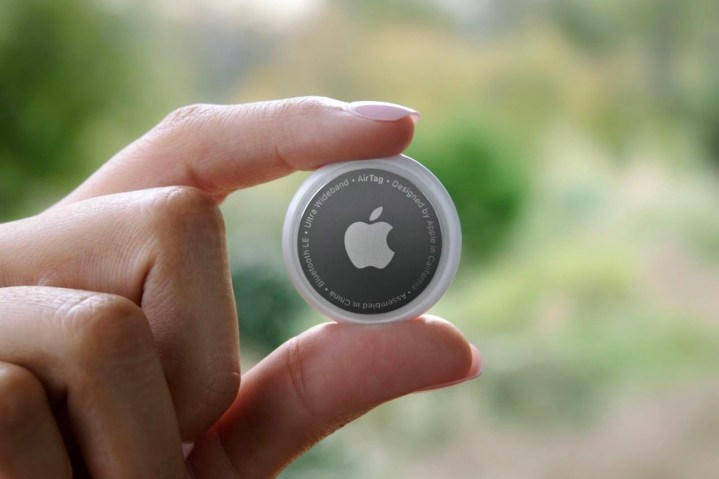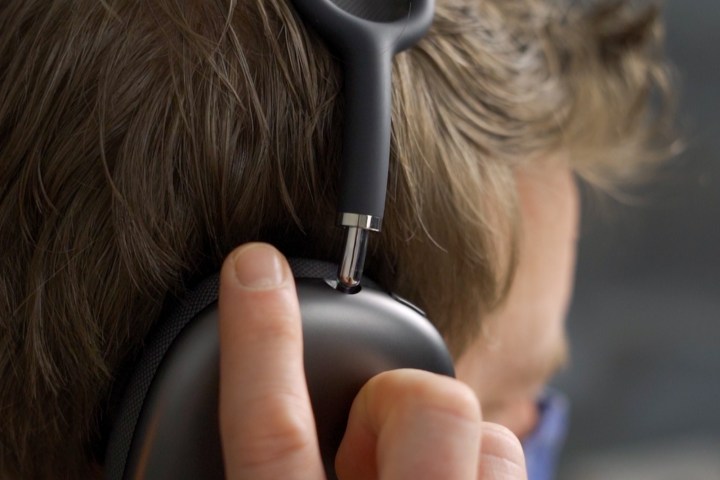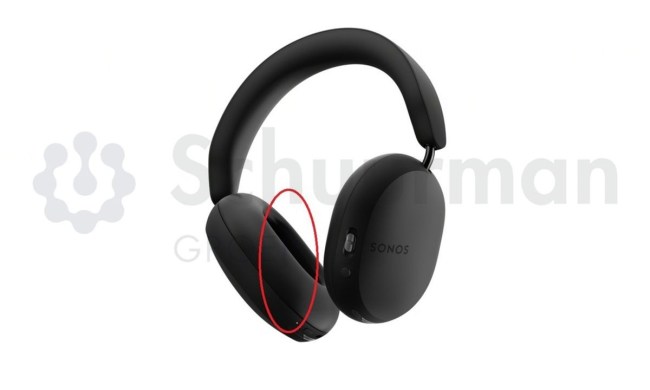Wireless audio has been on a tear for years. From the earliest days of Bluetooth stereo to the current state of the art with active noise cancellation (ANC), Bluetooth multipoint, and wireless charging, the products and their underlying technologies just keep getting better.
Will 2023 continue this pace with even more innovations? Absolutely. Here are three trends that will define wireless audio in the coming 12 months.
Bluetooth LE Audio

In 2020, the Bluetooth Special Interest Group (SIG) — the entity that’s responsible for evolving and defining Bluetooth as a technology — announced LE Audio. It’s a new way of doing wireless audio over a Bluetooth link using a Bluetooth Low Energy radio (thus the “LE” in LE Audio), instead of the more power-hungry Bluetooth classic radio.
Two years later, we’re finally beginning to see the first LE Audio-compatible devices arrive on the scene. When paired with a phone that also supports LE Audio, these headphones, earbuds, and speakers will use a new default Bluetooth codec called LC3. The Bluetooth SIG says that LC3 will offer the same audio quality as the current default, SBC, even when using only half as much data.
In theory, today’s battery life estimates could double.
When you factor in LC3’s lower latency, lower complexity, and lower memory footprint, this all adds up to wireless audio devices that use a lot less power to accomplish the same thing they’ve always done. In theory, today’s battery life estimates could double, giving the AirPods Pro, for example, up to 12 hours of operation instead of six. That’s if Apple decides to support LE Audio — something it has yet to confirm.
For gamers, lower latency means less delay between the flash they see on-screen, and the corresponding bang they hear through their wireless headsets — a distinct improvement for games that require fast reflexes.

But the LE Audio feature that most intrigues me is Auracast, which will let you broadcast a Bluetooth audio stream to anyone within Bluetooth range of your phone, computer, or tablet.
What would you even use this for? Think of airport announcements, art gallery and museum tours, real-time translation feeds at conferences, audio feeds from the TVs in your gym. All of these can be broadcast, and you’ll be able to select them on your smartphone in the same way that you can currently look for and connect to a public Wi-Fi access point.
It’s not yet clear which devices will support Auracast, because it’s an optional, not mandatory LE Audio feature.
Ultra-wideband (UWB) audio

One thing LE Audio isn’t promising is a higher level of audio quality than what’s currently available via traditional Bluetooth classic. That’s because even though the LC3 codec is more efficient, it’s still limited with respect to how much data it can use. To get a truly hi-res audio experience, you need a lot of data — far more than what Bluetooth can reliably support.
That’s why all eyes are now on ultra-wideband technology, or UWB, for short. UWB is designed to send tons of data over very short distances while needing as little as 10% of the power used by Bluetooth. We’re talking across-the-room versus across-the-parking lot distances. And it might just be the perfect solution for folks who want a wireless replacement for the headphone cable that (so far) has been the only way to get genuine hi-res audio quality (which we define as lossless, 24-bit/96kHz or better).
No manufacturers have even so much as hinted at leveraging UWB for wireless audio, but several tantalizing clues lead us to think that’s going to change soon.
First, when MQA founder Bob Stuart announced the company’s new audio codec, MQair, he indicated that the codec was designed to take advantage of UWB’s higher bandwidth connections. I pressed Stuart on the matter and he declined to offer any more info, but he clearly knows something we don’t.

Second, Apple has been in a strange situation for a while now: Apple Music was recently upgraded with a catalog of lossless, hi-res tracks, included with each subscription, but the AirPods Max don’t support these tracks at their full quality, even when using a wired connection. UWB could remedy that.
Third, UWB is already here. Apple has UWB chips in all of its current iPhones and currently uses the technology to control its AirTag location-tracking devices, as well as the charging case of the AirPods Pro 2. This gives Apple a major leg up over Android handsets that don’t yet use UWB.
The current generation of Apple’s wireless headphones and earbuds wouldn’t work with UWB audio, but it would make a lot of sense for Apple to launch a new UWB chip — U2, perhaps? — and put it inside the next AirPods Max. Doing so would give Apple end-to-end wireless hi-res audio, a feat no other company has yet to pull off.
Better, cheaper hearing aids and hearing enhancement

When the federal government finally issued new rules around the sale of over-the-counter (OTC) hearing aids in 2022, it opened the floodgates to a slew of new competitors — specifically audio brands like Sony and Bose. We’re already seeing the results. Sony has launched a set of tiny hearing aids that cost a fraction of what you’d normally pay for these devices, and it will be following those up with a Bluetooth-enabled model that looks more like traditional earbuds.
This is not only going to push the entire industry forward as both new and established players vie for your dollars. It will also destigmatize hearing aids. The more people who wear them, the more accepted they will become, which will in turn lead to more innovation and lower prices.
In 2023, folks who simply have a hard time following conversations in busy environments will have more choices for hearing assistance than ever. And thanks to Bluetooth LE Audio (see above), hearing aids are going to be compatible with way more devices. Everything from your phone to your TV will now be able to connect directly to hearing aids, making them far more useful.



